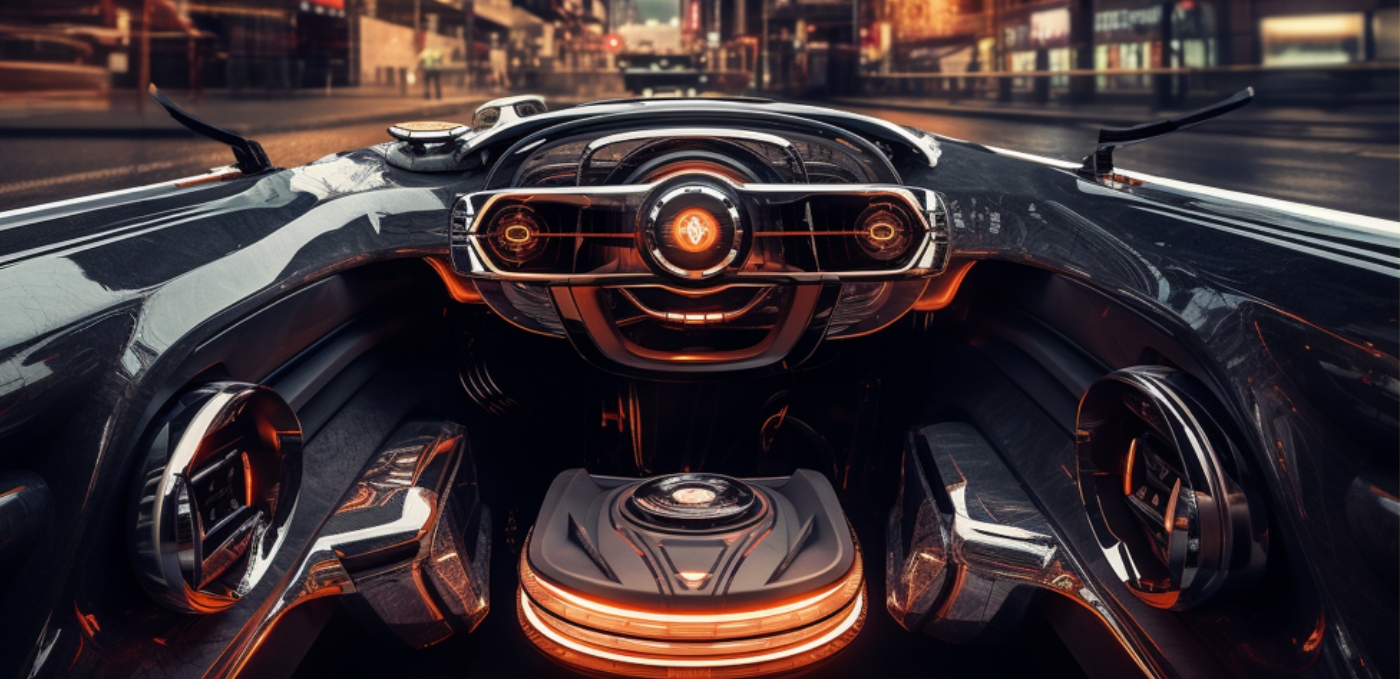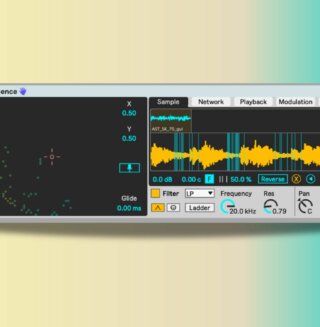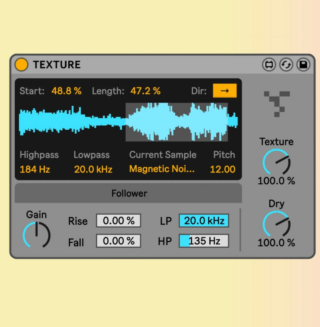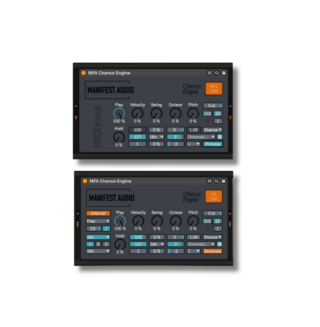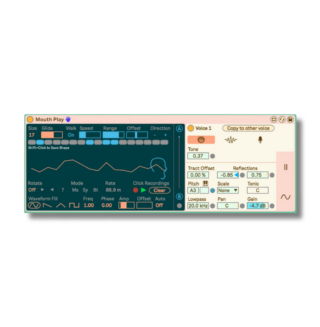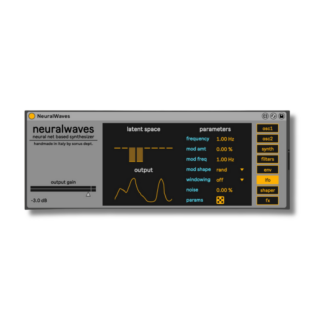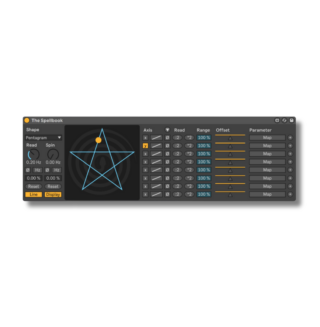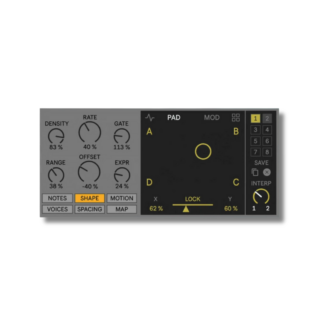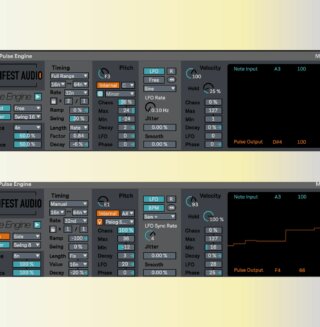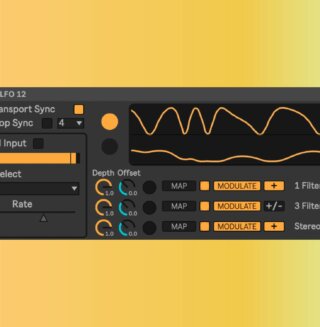Electric vehicles are giving automobile companies a chance to reinvent how cars sound – and many are turning to producers to help them create radically new sound palettes.
“I’m driving in a black on black in black Porsche 924.” With these words in his classic 1985 track, “Night Drive (Thru-Babylon),” Juan Atkins made explicit the nascent connection between techno and cars.
It was not unprecedented. The first major piece of electronic pop music, Kraftwerk’s “Autobahn,” was about driving down the highway, and Gary Numan evoked cars as safe spaces in his landmark “Cars.”
But Atkins, recording as Model 500, connected the dots between the Detroit automobile assembly lines, the man/machine fusion of the automobile, and techno production, itself a kind of cyborg relationship between musician and electronic instrument.
The Sound of Silence
With the rise in popularity of electric vehicles (EV), car manufacturers are taking the opportunity to redefine the sound of the automobile. Aside from tires rolling on pavement, EV are almost completely quiet. There’s no engine noise because there’s no combustion engine. Because of various safety concerns, EV are required to make some kind of sound to alert pedestrians to their presence. Just what form that sound will take, however, is up to the companies themselves.
While some manufacturers have stuck with the old script, synthesizing the sound of old-school engines, others are getting more creative. There are cars with samples of the human voice as part of the ‘engine’ noise. Another incorporates a didgeridoo. These are not machine sounds but essentially human sounds. And the people championing this redefinition of how a car should sound are often electronic musicians.
The people championing this redefinition of how a car should sound are often electronic musicians.
The Challenge of Electric
Richard Devine straddles two worlds. He’s known as a musician but he’s also a sound designer. This includes cars. He’s lent his talents to Jaguar, on the C-X75 prototype and I-PACE, working on both engine and interior sounds.
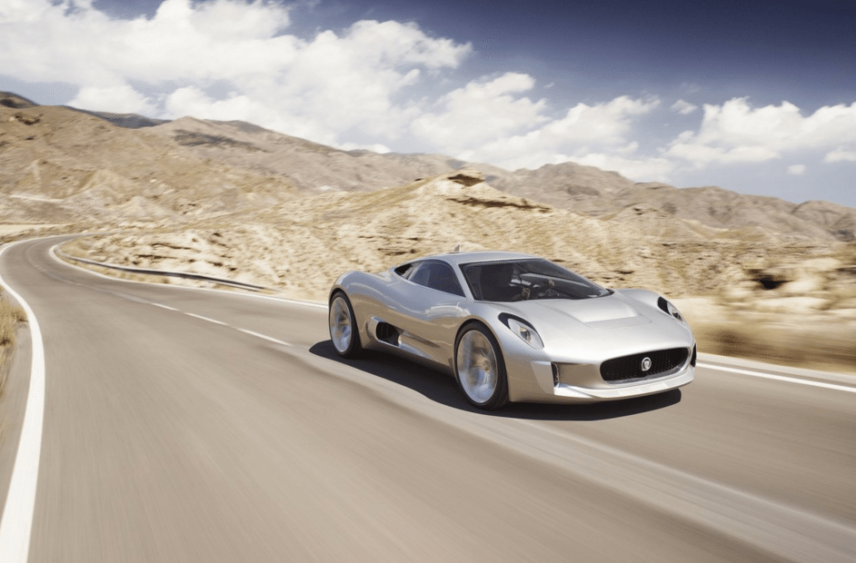
“I use many applications (for sound design),” Richard explains, “but for these projects, I used mostly digital synthesis-based systems like Symbolic Sound’s Kyma, a hardware and software environment for creative sound design, live performance, and scientific exploration, and other programs like Spear (Sinusoidal Partial Editing Analysis and Resynthesis).”
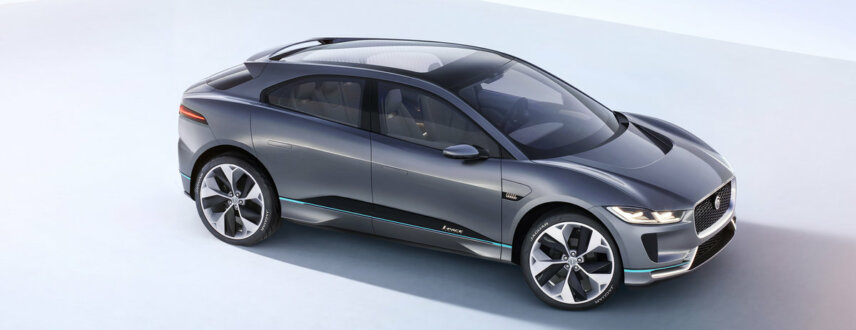
While Kyma and SPEAR are high-end, professional applications (sound designers have long used Kyma in major Hollywood films, for example), Richard also employed software that we as electronic music producers will know: Max/MSP and Native Instruments Reaktor. “I also used Max/MSP and Reaktor a bit in the design phase, as most of what I had to design was based on additive synthesis. Furthermore, I needed to reproduce specific harmonics and the easiest way to do that was a combination of real-time synthesis, resynthesis, and additive synthesis.” Yes, there are Reaktor and Max/MSP sounds in Jaguar cars.
Yes, there are Reaktor and Max/MSP sounds in Jaguar cars.
Sophisticated Machines
Cars are extremely sophisticated machines. That includes their audio environments.
“The software that is running in the I-PACE car is completely proprietary,” says Richard. “I designed and prototyped the synthesis engine in Reaktor and the rest was redesigned by two other coders. The system had to run on this proprietary playback system in the car that was much more limited compared to my computer, so there were lots of changes and limitations we had to deal with.”
As cars are dynamic, the sound engine has to be as well.
The sound design is more involved than just chucking a few waveforms into a sample player. Cars are almost like instruments; they respond dynamically to the driver and provide immediate feedback.“ The system used a combination of samples and real-time synthesis to be played and controlled by the user as they would press the acceleration pedal,” explains Richard. “I spent many months analyzing the sound of previous Jaguar combustion-based engines. I did a harmonic analysis study of those engine recordings so I could take a bit of the past and incorporate that sound into the new system. It still had that signature purr of an older Jaguar that the customers had been accustomed to but with an updated, futuristic sound.”
The SuperNATURAL Car
Techno producers have been incorporating the sound of Roland synthesizers into their tracks since the beginning of the genre. Now cars are getting the same treatment. Japanese manufacturer Green Lord Motors (GLM) tasked Roland with creating the audio environment for its 2014 Tommykaira ZZ car. In turn, Roland adapted its SuperNATURAL sound synthesis architecture, as featured in the Integra-7 and JD-Xi, for the EV.
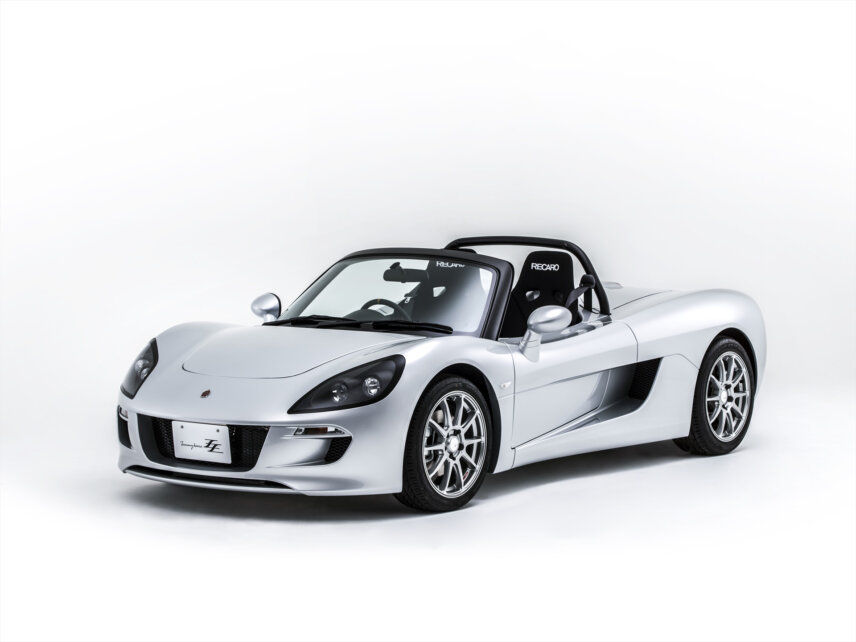
When asked about the biggest challenge involved with the project, Satoshi Wakuda, the head Roland engineer involved, explained that it was matching the change in the sound of acceleration and speed. This required a complete overhaul of the existing synthesis code to work in the car.
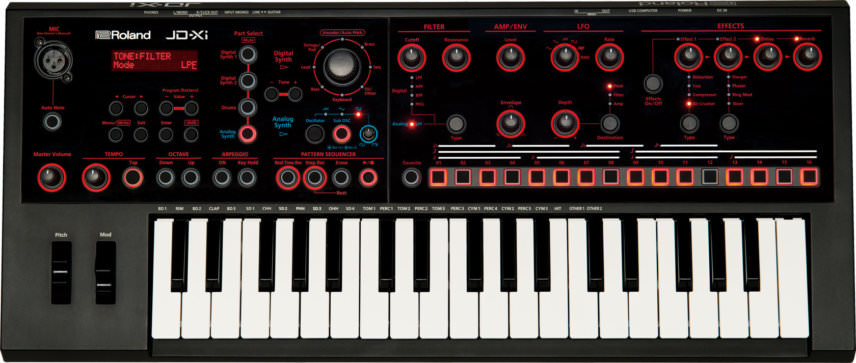
As with Richard Devine’s sound design for Jaguar, Satoshi and his team realized a new audio environment that was both traditional and “neo-futuristic,” in their words. “Of course, we referenced a variety of sports and racing car sounds but we also took inspiration from a number of space movies as well,” Wakuda-san explains.
The biggest challenge? Matching the change in the sound of acceleration and speed. This required a complete overhaul of the existing synthesis code to work in the car.
Towards a Humanistic Future
Recently, there’s been a distinct move away from recreating the sound of engines of the past and instead creating a new palette of sounds. This comes as a direct influence from companies employing musicians to act as sound designers. “I think my background in making electronic music has really made me rethink how I create sounds for other companies,” says Richard Devine. “The sound must invoke some sort of emotion, it has to articulate an idea or feeling. I would say this is the most important thing I have learned over the years working as a sound designer.”
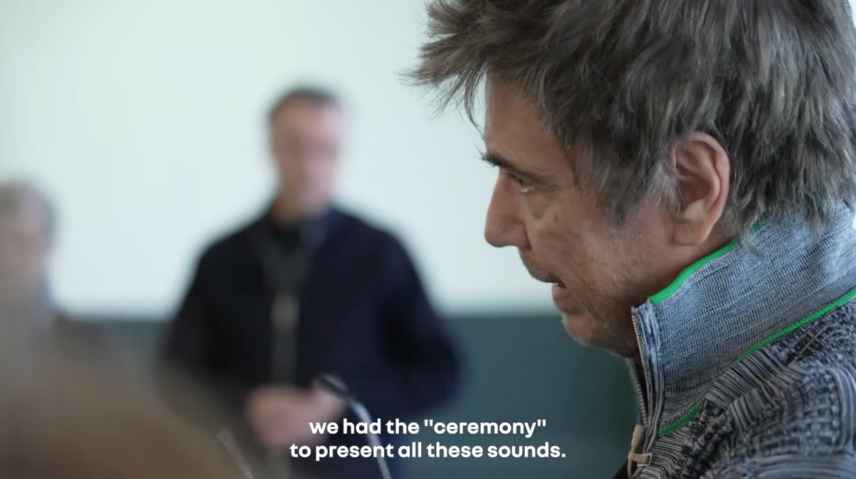
Synth god Jean-Michel Jarre has recently worked with Renault to create the sounds for its new cars. In a series of promotional videos, Renault’s representatives use words like “caring” and “friendly” to describe the sounds that they have developed with Jarre. This is a far cry from the kinds we usually hear, which tend to be aggressive and loud.
Car companies are also aware of how the sounds of their vehicles contribute to urban and public spaces. We have designed cities around cars, after all. With EV cars increasing in number, we now have a unique opportunity to re-soundtrack our urban spaces and create environments that are embracing of humanity.
“Hans (Zimmer) and I keep talking about elegance, the idea of bringing elegance to the streets,” said BMW sound designer Renzo Vitale in Time Magazine in reference to their work designing sounds for the company’s electric vehicles. “We want to share a vision of the sound of the future that maybe helps make cities a better place.”
Cars as Custom Spaces
Along with creating new public sounds, modern EVs allow us to customize their interior sounds, as we would a personal Spotify playlist. Richard Devine is taking full advantage of this, even at a personal level. “I think we will see more cars that will have their own custom synthesized playback systems (in the future),” he says. “I have already started experimenting with creating my own custom sounds for my 2022 Tesla Model 3 Performance using the Glydsphere speaker system. I had a bit of fun creating my own version of the Tron light cycle sound with it in this video (below). Furthermore, I also created all the other customs UI and welcome tones, and charging up sounds just for fun.”
Synergy Of Man And Machine
As electric vehicles come of age, automobile manufacturers are taking the opportunity to redefine what the sound of a car can be. Across the board, they’re pushing things into a friendlier and more human-embracing zone. By incorporating audio from human musicians – vocals, instruments, music – they’re making the cars themselves more human. Less dystopian cyberpunk and more utopian synergy of man and machine.
This is all very techno in the original sense of the term. Rather than subsuming their own humanity to prioritize machines, people are now working together with machines to create a better world, whether that be programming beats on a drum machine or using modern synthesizer technology like SuperNATURAL and Reaktor to give musical life to automobiles.
While you’re here…
You may enjoy looking at Richard Devine’s incredible studio that we featured in 2021.
Also, check out some of our sound design articles with Attack covering techniques and the different plugins that are used (it’s not what you think..!).
